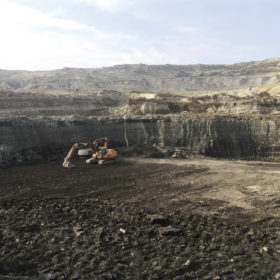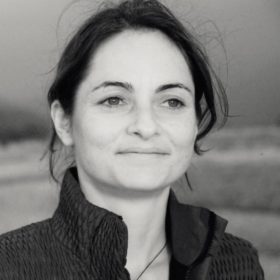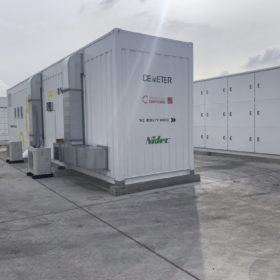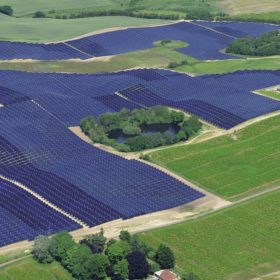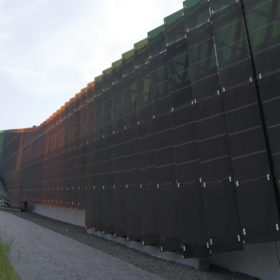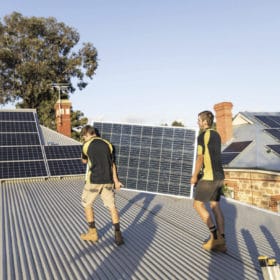Tracking the load
Over the past two years, larger wafer formats have quickly emerged to displace the previous 156.75 mm standard, which represented more than 90% of the monocrystalline market up until 2018. The largest of these, at 210 mm, offers key advantages in output that have allowed module power ratings to exceed 600 W from a 60-cell PERC solar module.
Greek investment soars
An array of new investment plans were announced in Greece in May, ranging from mega PV projects to battery and electric vehicle production, as well as a move to smart green islands. pv magazine explores the state of these investments and links them to the country’s general policy frameworks – most notably, Greece’s master plan to boost green investments in former lignite regions and establish a new type of economy.
In Conversation: Distributed transformation
The time is now for the energy consumer, says Anna Bruce, as energy “prosumers” produce, consume, and provide electricity and grid services in previously unimagined ways. Bruce, a senior lecturer at the University of New South Wales’ School of Solar Photovoltaic and Renewable Energy Engineering (SPREE), leads work on the role of distributed energy resources in the energy transition, analyzing firsthand the dizzying level of complexity it brings.
A lifetime plan for your solar+storage asset
For developers and investors who are ready to start talking about solar+storage projects, there are some interesting and not so straightforward decisions to be made on the sizing of assets. Siobhán Green, lead on battery storage in continental Europe for Everoze, looks at the different approaches to sizing and how to choose between them. In particular, she assesses the ‘lifetime’ factors to dimensioning and discusses how to plan for degradation and potential through-life resets to the revenue stack.
‘Nervous but calm’ – Chile’s crucial election looms
Chile continues to lead the energy transition in Latin America, but international investors are nervous. The pandemic is subsiding, thanks to a vaccination rate close to 80%, and energy demand is showing signs of recovery. However, the political landscape still has investors on edge, reports Luisa Cabello.
Under one roof
pv magazine looks at the progress being made to green the world’s cities, as part of the UP Initiative’s fourth-quarter focus on urban solar. The following article focuses on Europe’s solar plans and current achievements, specifically in heating and cooling, rooftop solar, and building-integrated PV.
Building a new policy environment
Since the beginning of 2021, all new buildings constructed in the European Union must be “nearly” zero energy. This is a complex task requiring synergies among various stakeholders and technologies. Ilias Tsagas provides insight into the drivers and challenges toward this set goal, and shines a light on solar’s most significant role.
BIPV no refuge
Deployment in the building integrated PV segment is accelerating, and so too are the number of solar products available to architects and developers. And while BIPV had long been the segment in which an array of thin-film technologies could shine, they are now in increasingly stiff competition with crystalline silicon rivals.
Jordanian market hits saturation point
With a favorable regulatory environment and massive demand for solar PV systems, the future was once bright for solar in Jordan. One Jordanian solar contractor, speaking on condition of anonymity, tells pv magazine that his company had an 18 MW pipeline in 2017 – a “thriving” business. However, the situation has changed significantly in recent years.
The big PV switch-off
South Australia is leading the nation in terms of renewable energy penetration, with rooftop solar a major contributor. But the state’s hard-won ability to deactivate thousands of rooftop solar systems in response to grid voltage disturbances has caused significant disruptions to solar installers. With a deeper look inside the changes, it appears to be a good thing for solar in the state, as well as other markets in which distributed PV is growing rapidly.
